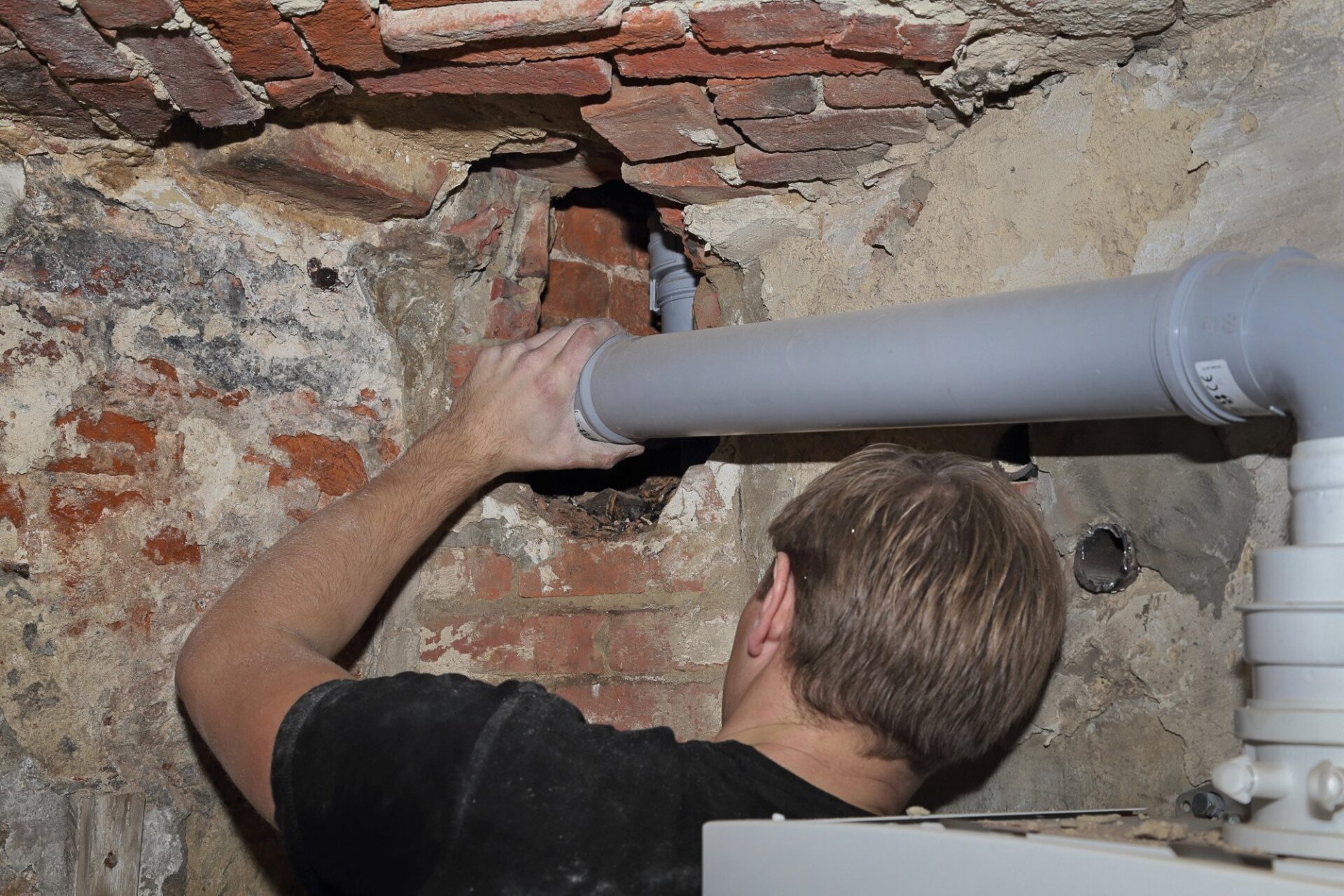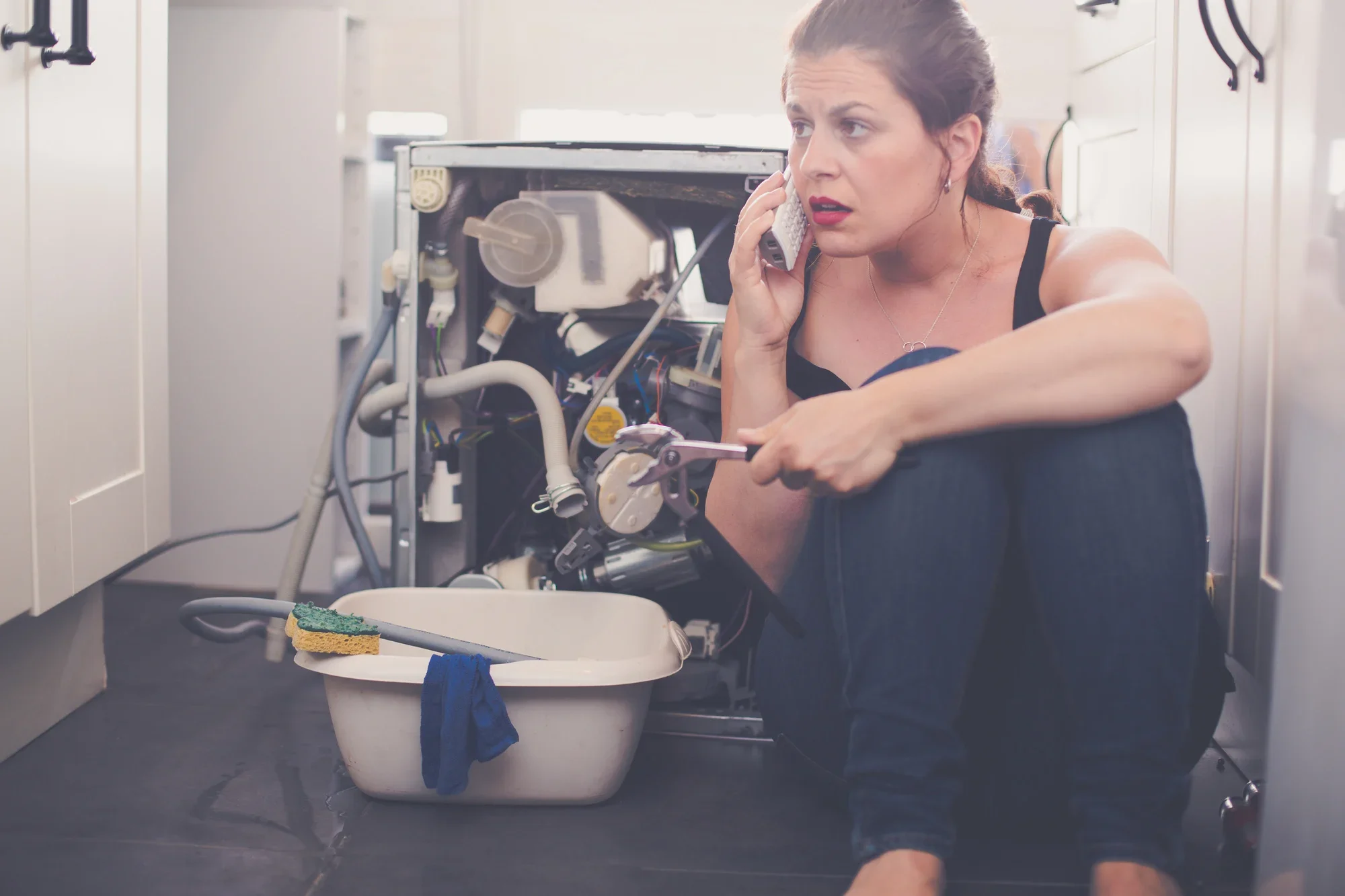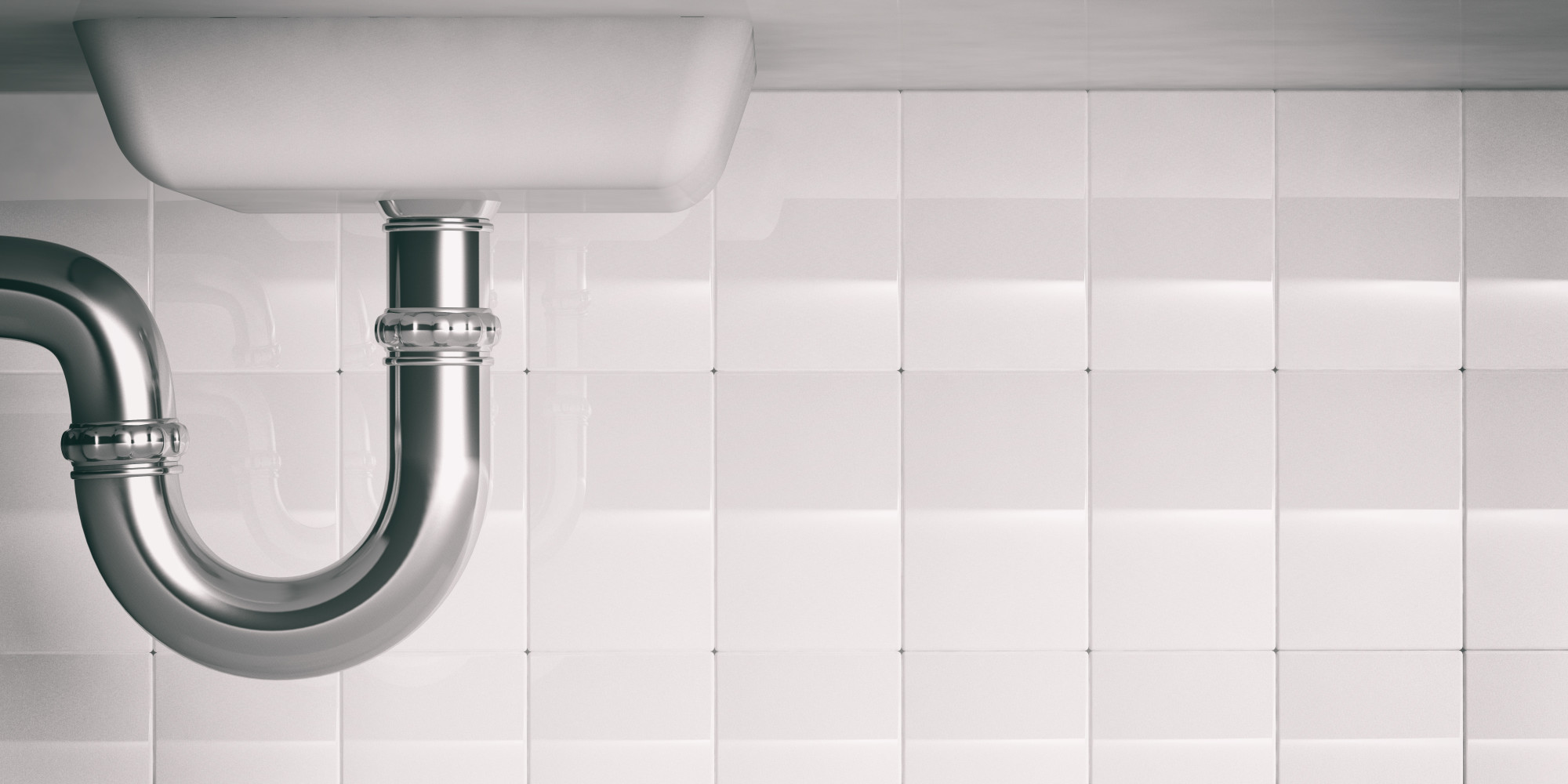A problem with sewer lines can lead to a stinky, costly mess that isn’t usually covered by homeowners insurance. Most sewer line breaks are caused by aging, deteriorating pipes. Tree root invasion is another culprit.
If you’ve seen a sewer line repair in action, you know about the heavy excavating that seems to go on for days. There’s a better solution to pipe problems.
Today, plumbers can take care of many deep plumbing issues with trenchless pipe repair. This guide tells you everything you need to know about the process. Read on to learn more.
The History of Trenchless Pipe Repair
Trenchless pipe repair is a revolutionary method for fixing underground plumbing pipes without using extensive excavation. It has transformed the way plumbers maintain and repair buried pipes. This plumbing solution comes with a fascinating history going back to the Romans aqueducts.
Ancient Innovations
The foundation of trenchless pipe repair originated during the Roman era. The ancient Romans constructed aqueducts using clay and stone pipes. These underground waterways featured inspection and maintenance tunnels for easy access.
Early Sewer Systems
In ancient cities like Mohenjo-Daro and Babylon, sewage systems used clay and brick pipes for waste disposal. People repaired these systems by accessing the pipes through manholes or service holes.
Birth of Modern Trenchless Methods
The 1970s saw the emergence of CIPP technology. It was a groundbreaking development that involved inserting a resin-saturated liner into the existing pipe and curing it in place with steam or hot water.
This method minimized the need for excavation and changed the game for pipe rehabilitation.
In the 1960s and 1970s, HDD techniques became popular for installing new utility lines with minimal disruption. The technology opened the door to trenchless pipe repair by allowing for the replacement of damaged sections without digging up the entire line.
Benefits and Advantages of Trenchless Pipe Repair
Trenchless pipe repair offers several significant benefits and advantages over traditional excavation-based methods. Here are some of the key advantages:
- Minimal disruption to driveways and sidewalks
- Preservation of landscaping
- Reduced environmental impact
- Faster repairs
- Cost-effective
- Improved durability
- Longer pipe lifespan
- Safer for workers
Overall, trenchless pipe repair is a sustainable, cost-effective, and efficient solution for repairing and maintaining underground plumbing pipes. When you call your plumber, make sure to discuss how trenchless repair could impact you, but also talk about the pros and cons.
How Do You Know You Have Pipe Problems?
Since you can’t see sewer pipes, how do you know you have a problem? Detecting the need for sewer line repair is essential to prevent more extensive damage and costly repairs in the future.
Here are some signs that may show you need a sewer line repair:
Slow Drains
If multiple drains in your home (sinks, bathtubs, toilets) drain slowly or gurgle, it could be a sign of a sewer line blockage. This can be due to tree roots, debris buildup, or pipe damage.
Foul Odors
Do you smell unpleasant sewage odors inside and around your home? If you detect an odor in the basement or near floor drains, it can be a strong indicator of a sewer line problem.
Backed-Up Toilets
Have you noticed frequent toilet backups or sewage coming up through the toilet or bathtub? It can suggest a sewer line issue. This is a more urgent sign of trouble.
Visible Sewage Backups
If you see sewage backing up into your drains, sinks, or bathtub, it’s evidence. You should immediately contact a professional for a sewer line inspection and repair.
Puddles in the Yard
A soggy or sunken area in your yard near where the sewer line runs is a potential problem. This could indicate a leak or break in the sewer line.
Aging Sewer Line
Beware of your older home with an aging sewer line. If the home is over 40 years old, it’s a good idea to have it inspected even if you haven’t noticed any specific problems.
Understanding the Different Techniques of Trenchless Pipe Repair
While there are several methods used for trenchless pipe repair, the three most common are pipe bursting, slip lining, and cured-in-place pipelining (CIPP). Let’s look at pipe bursting first.
Imagine you have an old, broken pipe that you need to replace. In the past, your plumber may have dug up your driveway, sidewalk, and landscaping to replace the pipe. Today, plumbers use pipe bursting, which requires minimal excavation.
Here’s how it works:
Plumbers use specialized equipment to pull a new pipe into the old broken pipe. As the new pipe moves through, it breaks the old pipe and leaves the pieces in the ground.
Pipe bursting is a good option when you need to replace old, damaged water or sewer pipes. If you have a pipe that’s too small, this is an acceptable method to replace it.
As far as excavation goes, if you go with this method, plumbers will need to dig two small holes at the entry and exit points of the sewer line you want to repair.
What is sliplining?
Sliplining is a method that fortifies existing pipes from the inside. Instead of extensive excavation, the plumber inserts a new pipe inside the old one. The new pipe bolsters the structural integrity of the aging pipe.
Sliplining is a practical solution to extend the longevity of water and sewer pipelines. As with pipe bursting, this method of pipe repair requires plumbers to excavate two holes at the entry and exit point of the old pipe.
Cured-In-Place Pipelining
Imagine giving a cracked, leaking, or deteriorated pipe a makeover. If you were having a makeover, you’d want something minimally invasive. That’s what cured-in-place pipelining or CIPP does for sewer and wastewater pipes.
For this innovative technique, plumbers insert a soft, flexible, epoxy-coated tube into the damaged pipe. Then, they inflate the tube.
As the tube inflates, it dries to the shape of the existing pipe walls. Once the epoxy cures, it seals leaks and damaged areas of the pipe.
CIPP is a cost-effective repair compared to other types of sewer pipe repair methods. It requires no digging.
One drawback of using this technique is that the repair reduces the diameter of the sewer line. It’s not an option if you’re dealing with a pipe you’ve had repaired multiple times. It also won’t work if the original pipe isn’t wide enough to function effectively after you complete the repair.
Why Can’t You Use Traditional Pipe Repair Methods?
Traditional pipe repair methods involve more invasive and labor-intensive techniques. Plumbers usually need to do more excavation using these methods.
For example, open trench excavation is the most traditional method used to repair or replace pipes. It involves digging a trench to access the damaged pipe section.
Traditional pipe relining involves digging access holes at various points along the pipe’s length to insert a new liner. It’s more invasive than slip lining or CIPP.
Plumbers can use other techniques to fix pipe problems, such as cut-and-replace, spot lining, and trenchless excavation.
Traditional pipe repair methods are effective but can be disruptive, costly, and time-consuming. They often require large excavations, which can disrupt traffic, damage landscaping, and result in higher expenses compared to trenchless alternatives.
Trenchless pipe repair methods have gained popularity due to their ability to address many of these drawbacks. Remember, this isn’t a DIY project, you’ll need to call a plumber.
What Happens If You Ignore a Broken Sewer Line?
Ignoring a broken sewer line can lead to a range of serious and costly problems. While the issue may not be immediately apparent, the consequences of neglecting a damaged sewer line could escalate over time.
Here’s what can happen if you ignore a broken sewer line:
Health Hazards
Sewer line leaks can contaminate the soil and water sources with harmful bacteria, viruses, and other pathogens. This contamination poses a significant health risk to you and your neighbors.
Bad Odors
The release of sewage gases can lead to persistent and foul odors both inside and outside your home. These unpleasant smells can permeate living spaces and make your property nearly uninhabitable.
Mold Growth
Excess moisture from sewage leaks can create an environment conducive to mold growth. Mold can lead to health problems and require costly removal and remediation.
Increased Repair Costs
Over time, a minor issue can escalate into a major problem. Ignoring a broken sewer line can result in more extensive damage that requires costly repairs or a complete replacement of the sewer line.
If you suspect a problem with your sewer line, it’s best to consult with a professional plumber or sewer specialist to assess the situation and recommend the appropriate repairs.
Need Plumbing Solutions for Problem Sewer Pipes?
Trenchless pipe repair may be the ideal solution for handling broken or aging water and sewer pipes. If you’re looking for a minimally invasive, cost-effective answer to your pipe problems, consider going trenchless.
If you’re in Boise, ID, or the surrounding area, Master Plumbing offers trenchless sewer pipe repair along with a full menu of plumbing services. Your neighbors have chosen us as their preferred plumbing service for over 70 years.
Get in touch today to schedule service.



